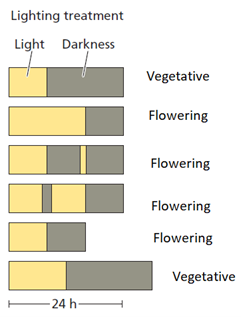TLS Online TPP Program
More Questions
TLS Online TPP Program
#Question id: 14735
#SCPH05 I Biotechnology
Large surface are a to volume ratio of bacterial cell give advantage for
TLS Online TPP Program
#Question id: 14735
#SCPH06 I Botany
Large surface are a to volume ratio of bacterial cell give advantage for
TLS Online TPP Program
#Question id: 14736
#SCPH05 I Biotechnology
In basal structure of flagella of gram positive bacteria?
1. L
2. P
3. S
4. M
Which combination is not found in above bacteria? Choose the option with both incorrect rings.
TLS Online TPP Program
#Question id: 14736
#SCPH06 I Botany
In basal structure of flagella of gram positive bacteria?
1. L
2. P
3. S
4. M
Which combination is not found in above bacteria? Choose the option with both incorrect rings.
TLS Online TPP Program
#Question id: 14737
#SCPH05 I Biotechnology
Which structures are involved in formation of biofilms
TLS Online TPP Program
#Question id: 14737
#SCPH06 I Botany
Which structures are involved in formation of biofilms

